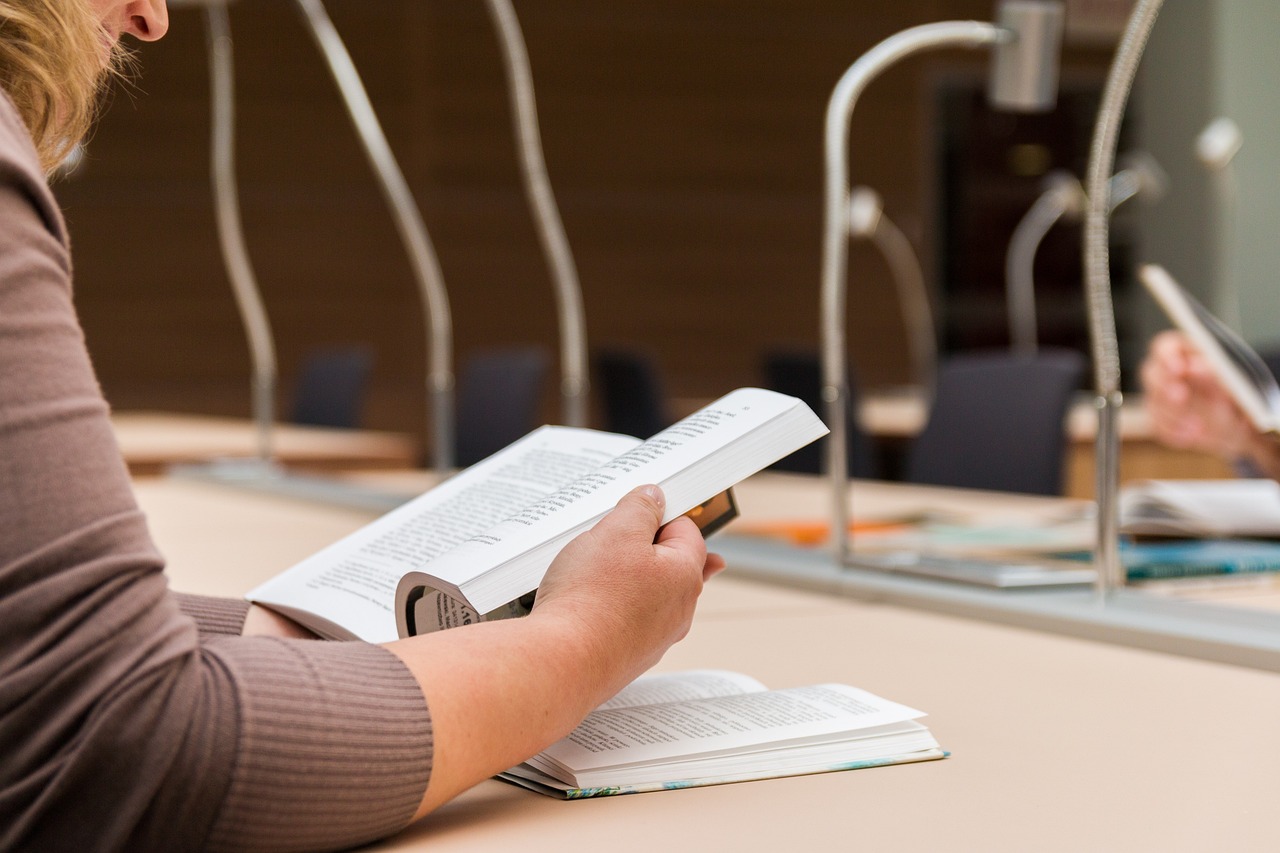For most American high schoolers, final exams are stressful enough. Cramming for tests, battling nerves, and hoping for the best are universal experiences. But imagine facing these hurdles with an additional barrier: having to take the exam in a language not your own. This is the harsh reality for many Deaf and hard-of-hearing (HoH) students in the United States, forced to navigate crucial exams in English, often their second language, while American Sign Language (ASL), their first, remains sidelined.
ASL – More Than Just Gestures:
For many Deaf individuals, ASL is more than just a means of communication; it’s the language that birthed their thoughts, shaped their world view, and nurtured their identities. It’s the language of poetry, laughter, and heated debates, the language of dreams and bedtime stories. Just as spoken English is the foundation for learning for hearing students, ASL serves the same crucial role for Deaf and HoH students.
Denying Access to Their Native Tongue:
By restricting final exams to English, we effectively shut out these students from demonstrating their true understanding of the material. Imagine asking a Spanish-speaking student to take their physics exam in English – the confusion, the struggle, the potential for misinterpretations are all too real. This is precisely the situation many Deaf and HoH students face.
The Consequences of Exclusion:
The consequences of not offering ASL final exams are far-reaching. Scores often fail to reflect a student’s actual knowledge, leading to inaccurate assessments and potentially hindering their academic progress and college aspirations. This lack of accessibility fosters a sense of frustration and disenfranchisement, undermining the very purpose of education: to nurture potential and empower individuals.
Moving Towards Inclusivity:
Fortunately, the tide is turning. More schools are recognizing the importance of offering ASL final exams, understanding that it’s not about providing an unfair advantage, but about creating a level playing field where all students can showcase their abilities. This requires allocating resources for qualified ASL interpreters, adapting test materials to a visual format, and training educators on Deaf culture and communication.
The Road Ahead:
The journey towards inclusivity for Deaf and HoH students is ongoing. While challenges remain, the increasing availability of ASL final exams represents a significant step towards breaking down barriers and creating a more equitable educational landscape. Let’s remember that language is the key that unlocks knowledge, and for Deaf and HoH students, that key lies in the expressive beauty of ASL. By embracing their first language in final exams, we can finally hear their voices and watch their potential soar.
Remember:
- For many Deaf and HoH students, ASL is their first language, not just a secondary means of communication.
- Restricting final exams to English creates a significant disadvantage for these students, hindering their ability to demonstrate their true understanding.
- Offering ASL final exams is not about providing an unfair advantage, but about creating a level playing field and ensuring equal access to education.
- Increased inclusivity in final exams requires resource allocation, interpreter training, and teacher education on Deaf culture and communication.
- Embracing ASL in final exams is a vital step towards breaking down barriers and creating a truly equitable educational experience for all students.
Let’s join hands, hear the whispers, and amplify the voices of Deaf and HoH students. In classrooms filled with the eloquence of ASL, every student can finally thrive, empowered by the language that speaks to their hearts and minds.



